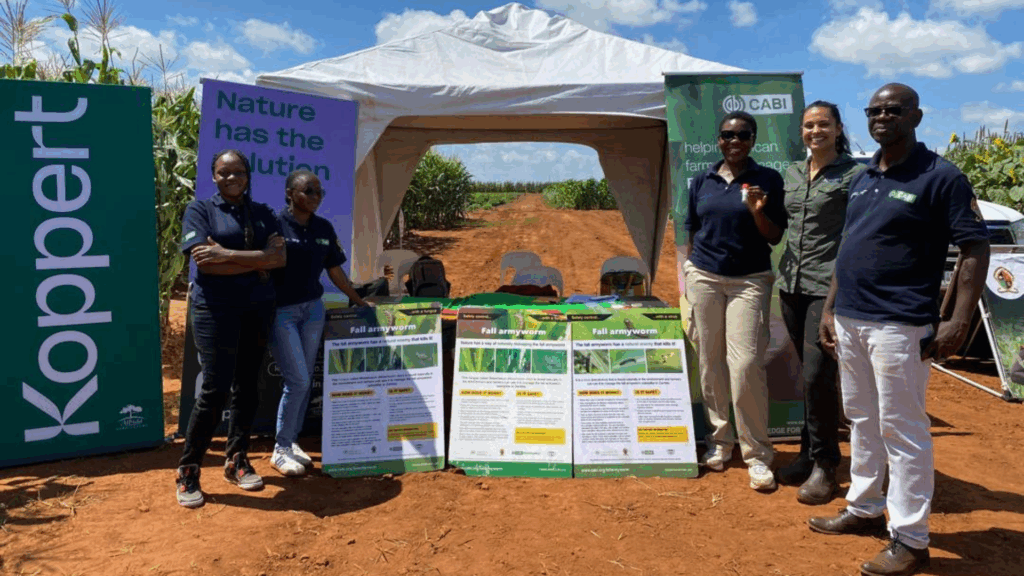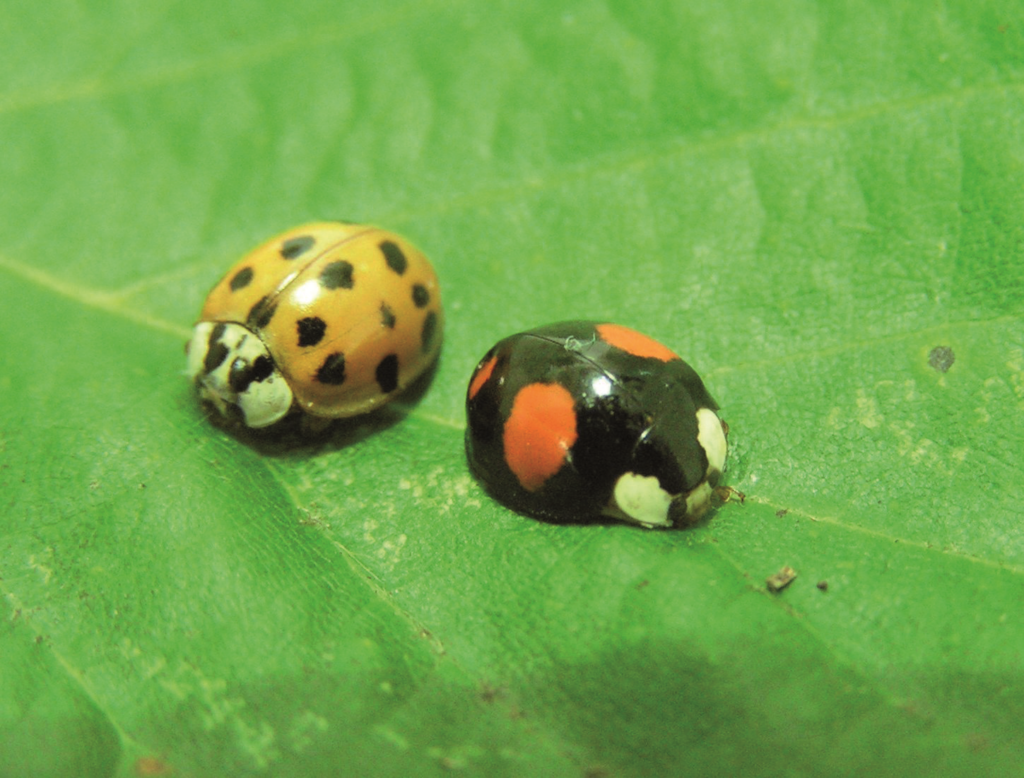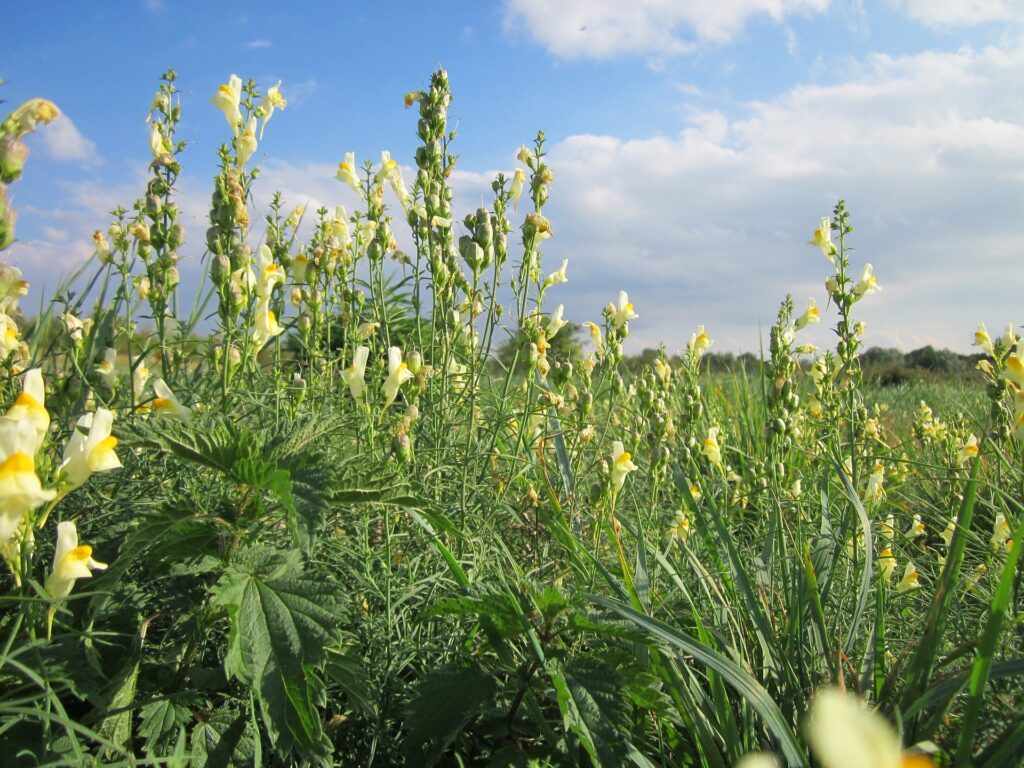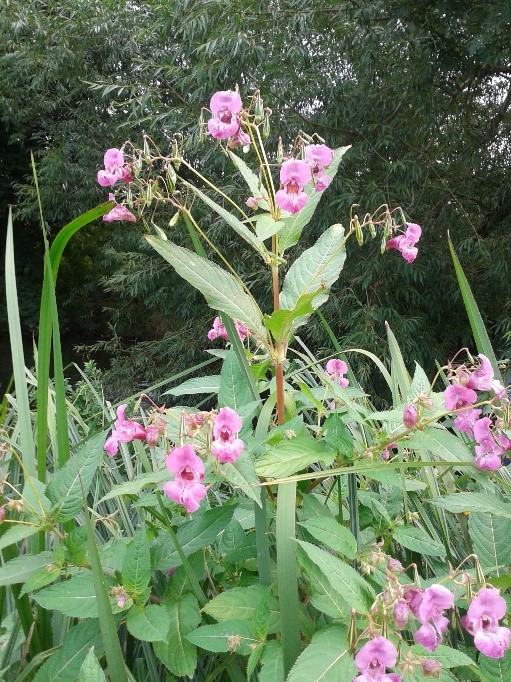Invasive harlequin ladybird: how to spot this predator
Invasive harlequin ladybirds have been used as biocontrol agent against aphids for over 100 years, but have since spread rapidly and invaded most of North America and Europe. Learn about how to identify harlequin ladybirds, and what to do if they infest your home.
Tree of heaven: can a mite reduce the spread of this highly invasive pest?
Tree of heaven is an invasive tree that damages infrastructure and hosts invasive species. Can a mite play a role in reducing its spread?
Mitigating the growth of toadflax: a CABI interview
Native to Europe, Yellow toadflax and Dalmatian toadflax can typically be found on roadsides, grasslands and in crop fields. Like many other weeds, toadflaxes have been introduced to North America as decorative plants but they are now having adverse effects. Whilst these weeds may look pretty and provide decorative appeal, they soon escape cultivation and can…
Halting the spread of Himalayan balsam: a CABI interview
With its bright pink flowers and fairly common appearance in Europe, and North America, when Himalayan balsam blossoms it can grow up to two metres tall with rough, reddish stems and shiny oval-shaped leaves. As alluring as it sounds, this plant, frequently found along waterways or damp areas, is highly invasive and causes a number…
Combating desert locusts: a CABI interview
The destructive force of desert locusts and grasshoppers can devastate crops across many regions of Africa and Asia, with swarms of locusts capable of causing widespread damage to crops, severely damaging livelihoods and increasing the risk of acute food instability. CABI has been using its extensive expertise in managing invasive insects, through early action and…








